Overview
Parvovirus also known as “parvo ” is a potentially fatal virus that impacts dogs, especially young puppies. A key method of parvo transmission is, through exposure to dog feces. This article explores the characteristics of parvovirus, its spread via dog waste the symptoms it manifests and preventive measures for safeguarding your pet.
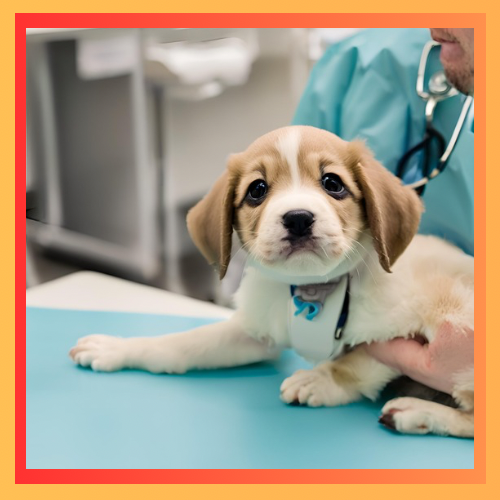
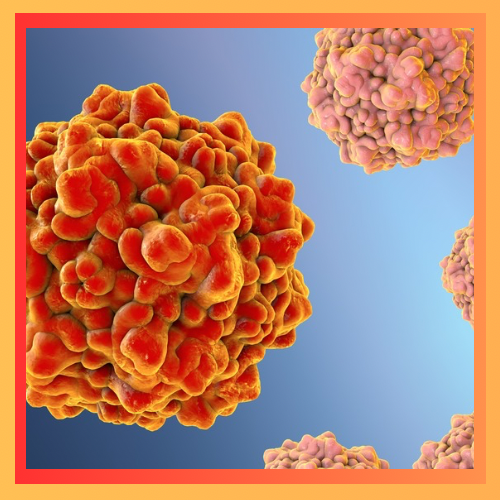
Understanding Parvovirus
Canine parvovirus (CPV) is a virus that primarily targets the system of dogs. Initially discovered in the 1970s it has emerged as a concern for dog caregivers and veterinary professionals. There are two variants of canine parvovirus: CPV-1, which’s less prevalent and less severe and CPV-2 the more common and severe strain.
Transmission Through Dog Feces
Parvovirus exhibits resilience. Can persist in the environment for extended periods even under extreme conditions. It is excreted in amounts in the feces of canines posing a risk to healthy dogs through direct or indirect exposure, to contaminated waste.
This implies that a dog can get parvo by sniffing, licking or consuming infected feces or even by walking on ground and then licking their paws.
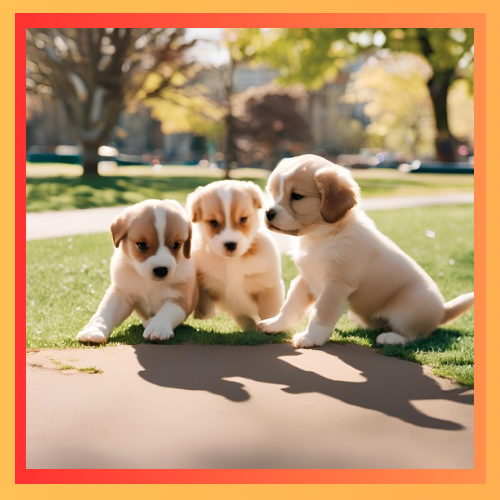
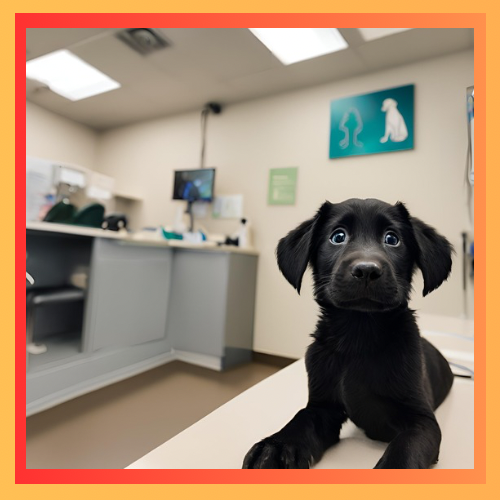
Signs of Parvovirus
Symptoms of parvovirus may show up within three to ten days after exposure. Often start with tiredness, loss of appetite and fever. As the virus advances it can lead to vomiting and diarrhea which might be bloody. These signs can result in dehydration. If not treated promptly parvo can be deadly, within 48 to 72 hours.
Reasons Why Puppies Are Vulnerable
Puppies between six weeks and six months old are particularly at risk for parvovirus. This increased susceptibility is because of their developing systems and the period when maternal antibodies from their mother’s milk have decreased. Their own immune defenses are not yet fully matured. Unvaccinated or partially vaccinated puppies face a risk.


Identification and Management
If you suspect your dog has parvo it is vital to seek attention. Diagnosis usually involves a mix of signs and laboratory tests like ELISA (enzyme linked immunosorbent assay) to detect the virus in feces.
Treatment for parvovirus concentrates, on care since there is no antiviral medication to treat the infection.
Caring for a dog, with parvovirus typically involves giving them fluids through an IV to combat dehydration providing medications to manage symptoms like vomiting and diarrhea and administering antibiotics to prevent infections.
Starting treatment early. Being proactive can improve the chances of the dogs recovery.
Preventing the disease is crucial. Vaccinating your dog is the way to safeguard them against parvovirus. Puppies should receive a series of vaccinations starting at six to eight weeks old with booster shots every three to four weeks until they reach around 16 weeks of age. Adult dogs need booster shots to maintain their immunity.
In addition to vaccination maintaining hygiene practices plays a role in preventing the spread of parvo. This includes cleaning up and properly disposing of dog waste, disinfecting areas with a bleach solution and avoiding contact between sick dogs or those exposed to the virus.
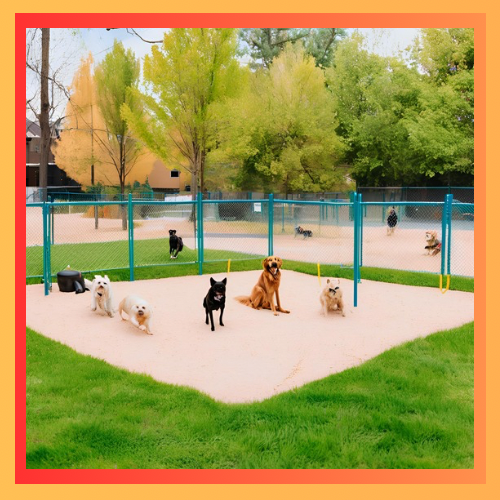
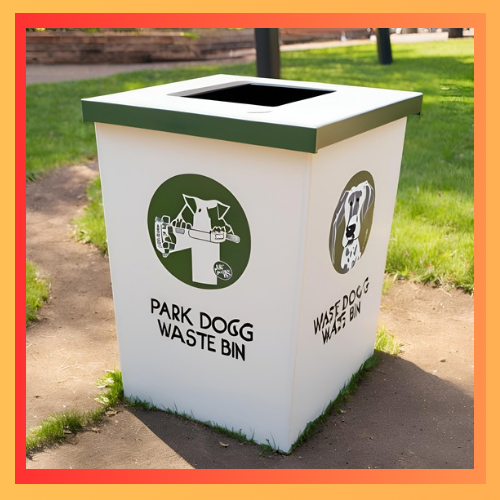
Taking care of your dogs waste is not about preventing parvovirus but about creating a clean and safe environment for everyone. Here are some tips for cleanup:
- Always carry poop bags when walking your dog and immediately pick up after them.
- Dispose of the waste in designated bins or your regular trash, for disposal. Make sure not to leave it lying around or toss it into storm drains.
- Disinfect: In case your dog has been diagnosed with parvo sanitize your yard and any areas where they might have pooped using a mixture of bleach and water (1 part bleach, to 30 parts water).
The Importance of Dog Parks and Public Spaces
Dog parks and public areas can serve as breeding grounds for parvovirus transmission due to the number of dogs and the risk of fecal contamination. When frequenting these locations adhere to these guidelines to minimize the risk
1. Confirm that your dog is fully vaccinated before taking them out.
2. Refrain from allowing your dog to socialize with dogs that may not be vaccinated.
3. Clean up after your dogs mess. Encourage others to do the same.
4. Bring along your water supply and bowl to avoid shared water sources that could potentially be contaminated.
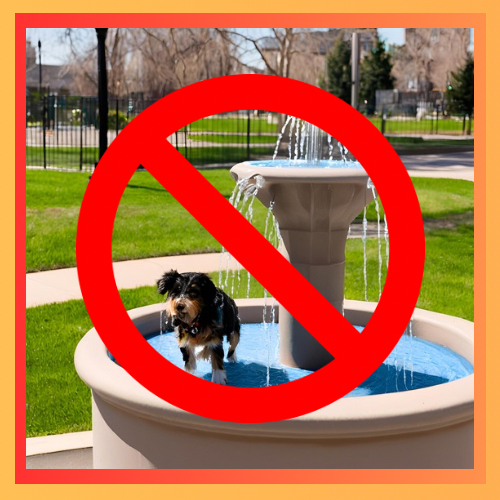
In Conclusion
Parvovirus poses a threat to dogs, young puppies but by taking proper precautions you can greatly reduce the chances of infection. Vaccination maintaining hygiene practices and being a pet owner are crucial in safeguarding your dog and other pets from this harmful virus. By staying aware and proactive you can play a role, in ensuring the safety and well being of your furry companion.
References
1. American Veterinary Medical Association – Canine Parvovirus. https://www.avma.org/resources-tools/pet-owners/petcare/canine-parvovirus
2. Centers for Disease Control and Prevention – Healthy Pets, Healthy People. https://search.cdc.gov/search/?query=parvovirus&dpage=1
3. Cornell University. Parvovirus. https://www.vet.cornell.edu/departments-centers-and-institutes/baker-institute/research-baker-institute/canine-parvovirus
4. Veterinary Partner – Parvovirus Infection in Dogs. https://veterinarypartner.vin.com/default.aspx?pid=19239&id=4951463


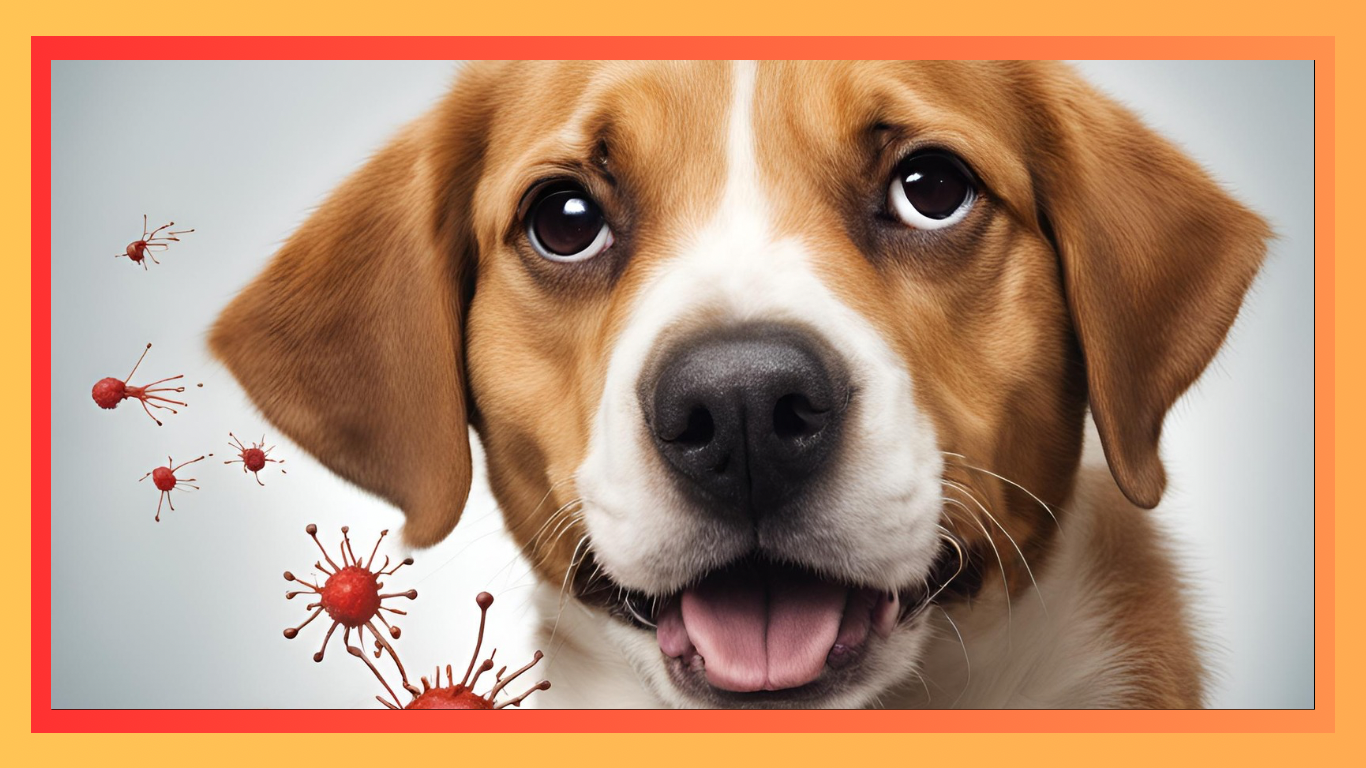


Thanks for sharing. I read many of your blog posts, cool, your blog is very good.
Thanks!
Thanks for sharing. I read many of your blog posts, cool, your blog is very good.
Thanks for sharing. I read many of your blog posts, cool, your blog is very good.
Thanks for sharing. I read many of your blog posts, cool, your blog is very good.